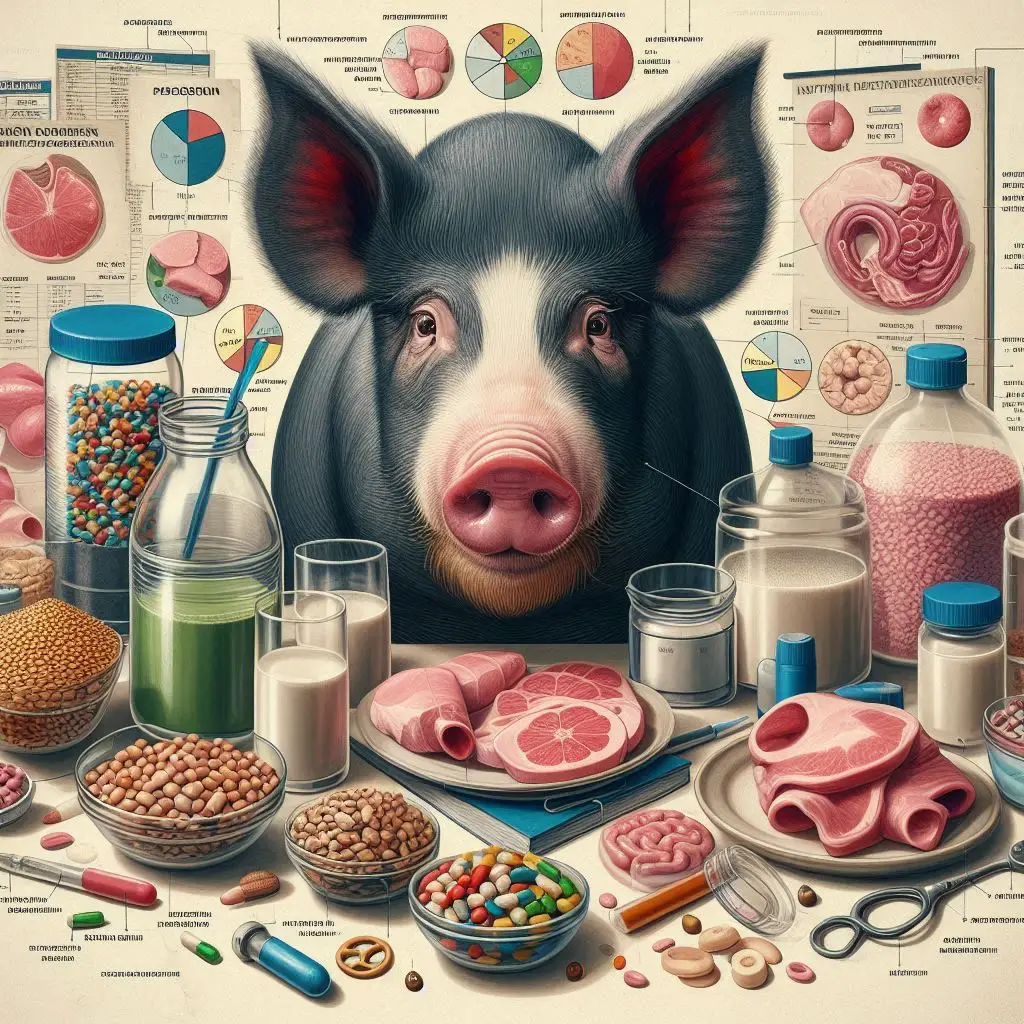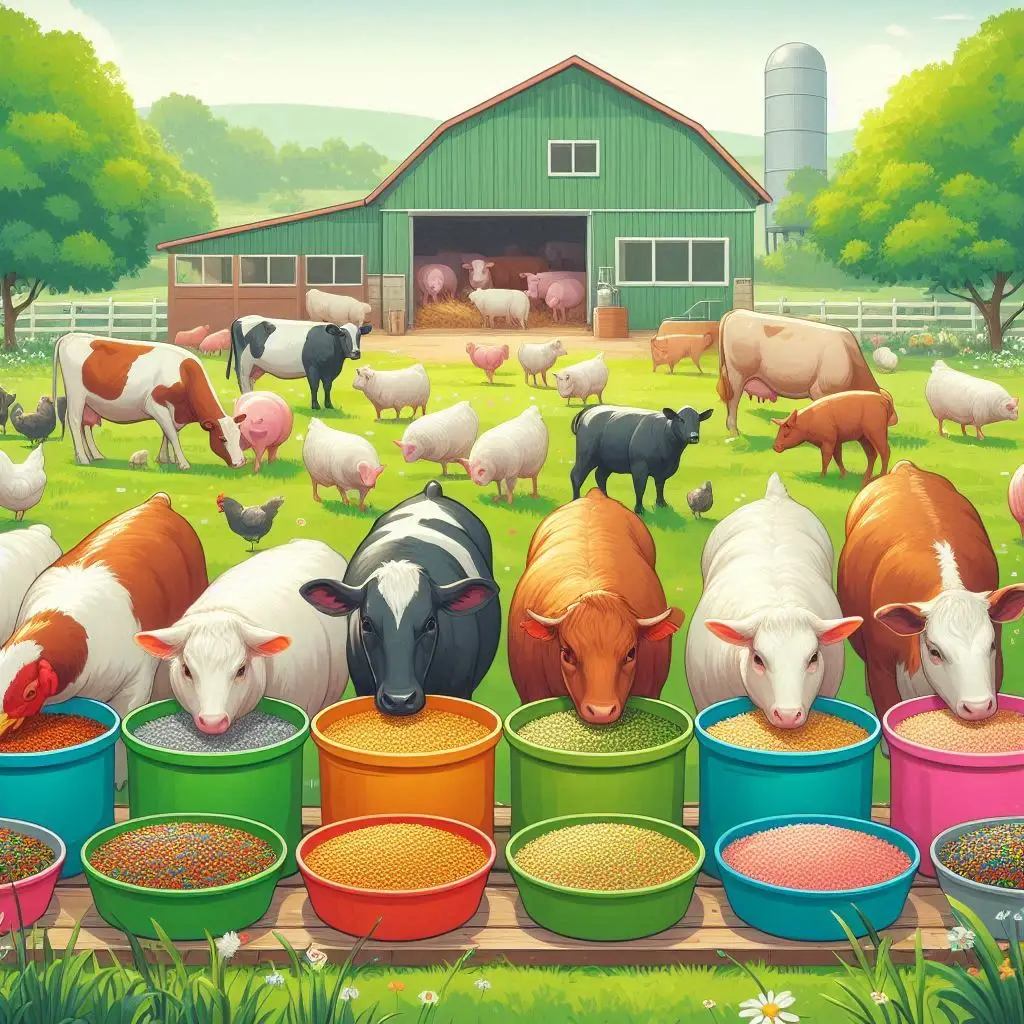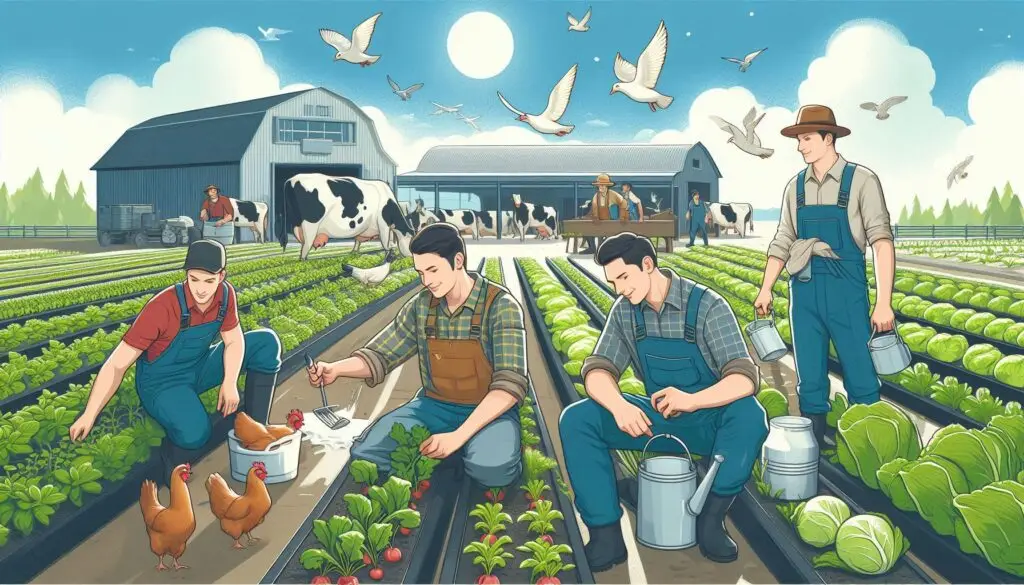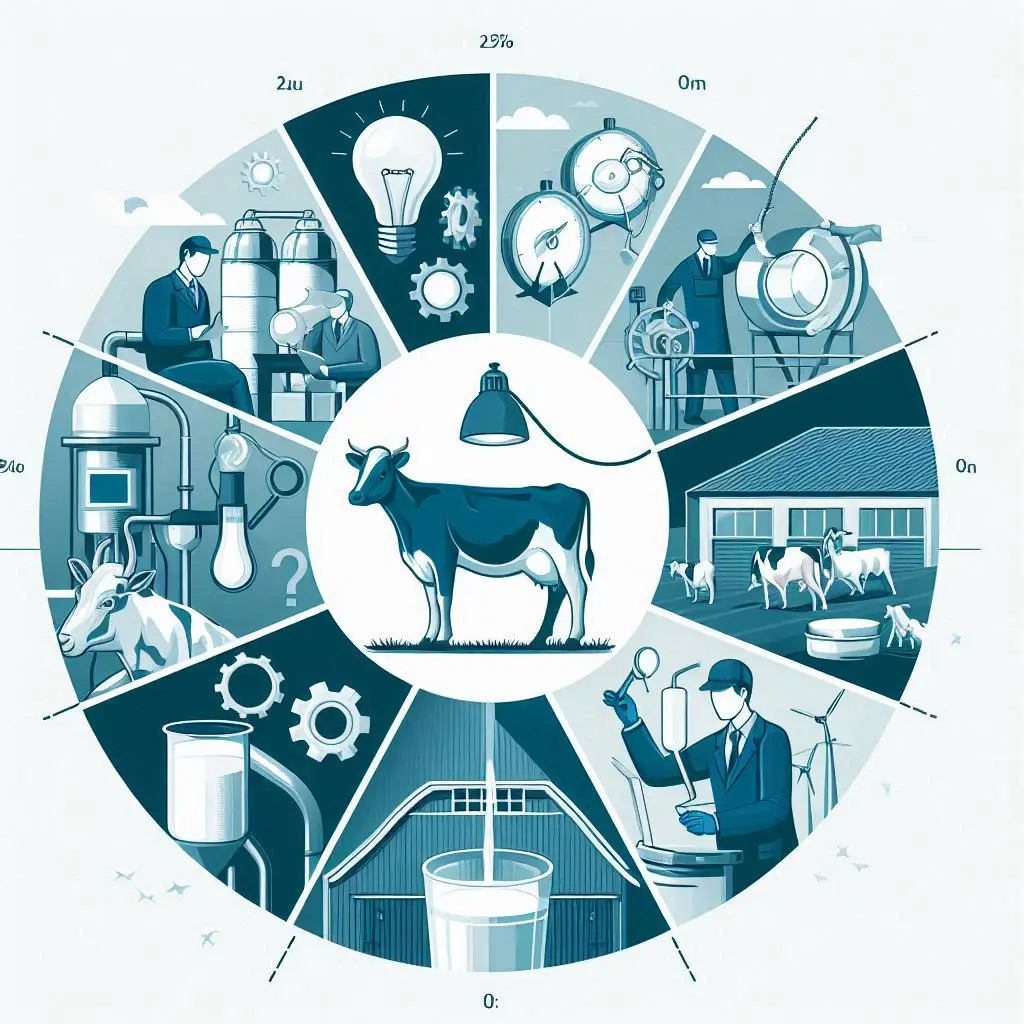The Benefits of Creep Feeding in Livestock Management

Understanding Creep Feeding
Creep feeding allows young livestock unrestricted access to additional feed while they are still suckling. This practice is particularly useful when the quality of pasture declines or when the mother’s milk production is insufficient. By offering creep feed, farmers can ensure that their livestock receive the necessary nutrients for optimal growth.
Why Creep Feeding Matters
- Nutritional Support: Young animals require a balanced diet to thrive. Milk from the mother typically provides only about half of the nutrients needed for maximum growth. Creep feeding helps fill this gap.
- Improved Growth Rates: Research consistently shows that calves receiving creep feed achieve higher weaning weights compared to those that do not. This increase can lead to better market prices.
- Health Benefits: Creep-fed animals generally exhibit fewer health issues during weaning. They adapt more quickly to solid food and experience less stress during this critical transition.
Benefits of Creep Feeding
For Beef Calves
Creep feeding significantly impacts the growth and overall health of beef calves. Here are some key benefits:
- Enhanced Weaning Weight: Calves that receive creep feed can gain an additional 30 to 60 pounds by weaning time. This weight gain translates into higher profits for farmers.
- Better Adaptation Post-Weaning: Creep-fed calves tend to adjust more quickly to feedlot rations after weaning, reducing stress and improving overall health.
- Increased Marbling: Studies show that creep-fed calves often have higher marbling scores at slaughter, which can lead to better quality beef.
For Piglets
Creep feeding also plays a crucial role in the development of piglets:
- Transition Preparation: Offering creep feed helps prepare piglets for weaning by familiarizing them with solid food. This practice can lead to improved feed intake and less stress post-weaning.
- Long-Term Growth Benefits: Piglets exposed to creep feed tend to consume more later in life, resulting in better overall growth rates.
Implementing Creep Feeding
Methods of Creep Feeding
- Creep Gates: These gates allow calves or piglets access to feed while keeping mothers out. They can be designed as simple openings or more complex structures.
- Free-Choice Feeding: Providing unrestricted access encourages young animals to eat as needed, optimizing their nutrient intake.
- Supplemental Feeds: The composition of creep feed can vary but often includes grains like corn or oats, protein supplements, and minerals.
Feeding Strategies
- Monitor Intake: Regularly check how much feed is being consumed. This helps prevent overfeeding and ensures optimal growth without excessive weight gain.
- Adjust Feed Composition: Depending on the age and size of the animals, adjust the nutritional content of the creep feed to meet their specific needs.
- Timing Matters: Start creep feeding around 100 days postpartum when nutritional needs begin to exceed what mothers can provide.
Economic Considerations
While creep feeding offers numerous benefits, it also requires careful economic evaluation:
- Cost vs. Benefit Analysis: Farmers should assess whether the increased weight gain justifies the cost of supplemental feed.
- Market Conditions: In high market price scenarios, investing in creep feeding can yield significant returns.
- Avoid Overfeeding: Overfed calves may become “fleshy,” leading to lower market prices due to undesirable body condition.
Conclusion
Creep feeding is a powerful tool in livestock management that supports better growth rates and overall health in young animals. By providing supplemental nutrition during critical developmental stages, farmers can enhance their profitability while ensuring animal welfare.
Implementing effective creep feeding strategies requires attention to detail and careful planning but can lead to substantial benefits in both short-term gains and long-term animal health.
For more pearls of Vets Wisdom:
https://wiseias.com/partitioning-of-food-energy-within-animals/






Responses